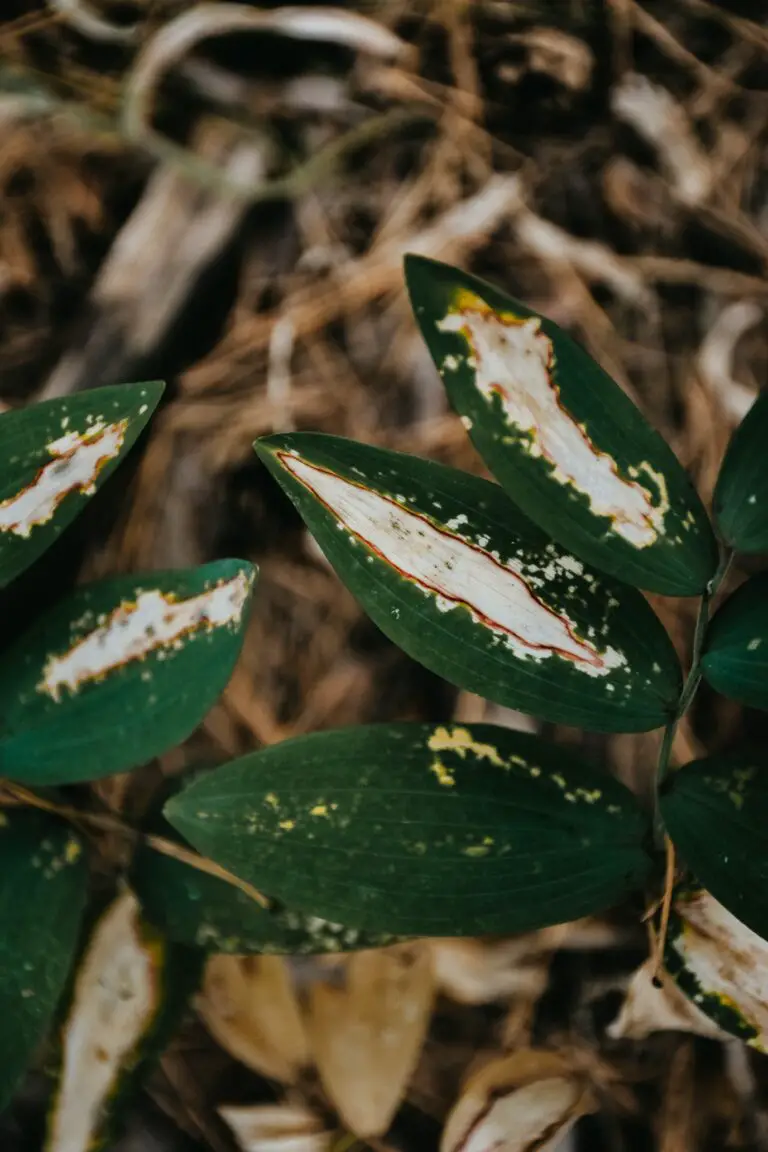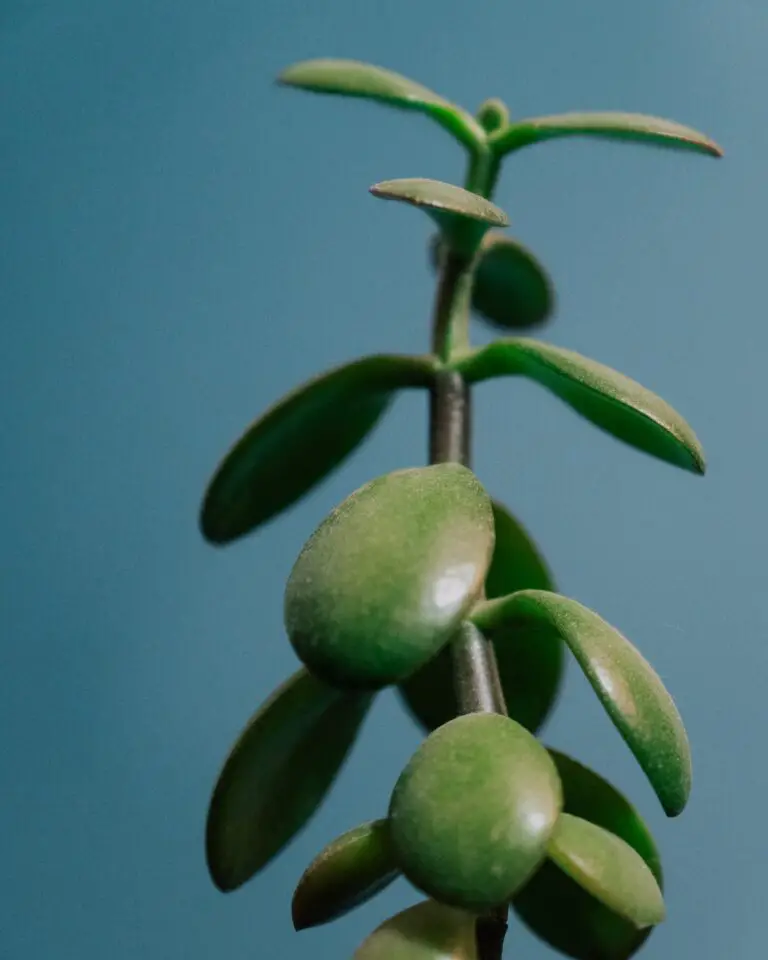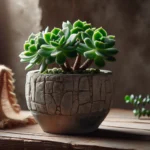Introduction to Crassula Imperialis
Amid the vast kingdom of succulents, a royal member stands out with its astonishing charm—Crassula imperialis. Originating from the rocky terrains of South Africa, this opulent succulent has made its regal presence known across continents. Known for its densely packed, regal columns of greenery, it is a gem that deserves the crown in any succulent collection.
The allure of Crassula imperialis lies not only in its ornate aesthetics but also in its accessibility for those embarking on their horticultural journey. This succulent boasts a robust and forgiving nature, flourishing in conditions that would dismay lesser plants. Its resilience and minimal care requirements beckon novice gardeners to partake in its cultivation, while seasoned enthusiasts admire its architectural form—a testament to the adaptability and diversity found within succulents.
At the heart of its fascinating features are the tightly-packed leaves, which weave together forming a texture-rich tapestry reminiscent of chain mail—an armor befitting its noble status. It’s easy to see why the care tips for these emerald jewels are fervently sought by those aspiring to embellish their spaces with natural elegance. Even a modest display can transform a simple nook into a conversation-starting collection of horticultural artistry.
For more insights and a visual guide on nurturing these aristocratic beauties, indulge in the informative video below:
Embracing the Crassula imperialis is more than growing a plant; it’s about curating an experience. Its presence elicits a sense of refined tranquility. You too can join the ranks of triumphant gardeners who have welcomed this succulent into their homes and hearts. Discover the countless varieties and practical tips to elevate your green space to princely heights.
The Botany Behind the Beauty
Welcome to the green and glorious world of the Crassula Imperialis, a royal treat for succulent enthusiasts the world over. With its noble stature and lush, layered leaves, this succulent isn’t your garden-variety greenery. So strap in, plant pals—let’s dig into the science and sass that makes this succulent a cut above!
First off, let’s talk shop about its botanical bits. The Crassula Imperialis struts a rosette form that harks back to the exotic symmetry of far-off mandalas. Each leaf is a sculpture in itself—thick, fleshy, often edged with a hint of rouge, like it’s perpetually blushing at its own charm.
And the blooms? Oh, they’re the confetti to this perennial party! They burst onto the scene in delicate clusters, shades of white to pale pink, nodding atop svelte stems as if whispering secrets to the adoring gardener.
Now, to keep this emerald empress in tip-top shape, think Mediterranean—think warm, dry, and dappled in sunlight. Overwatering is a definite no-go; it’s a bit like giving a cactus a bubble bath—utterly unconscionable!
Imagine a rocky alcove in Greece—that’s the vibe we’re channeling for our Crassula Imperialis. Well-drained soil is a must; chuck in some perlite or coarse sand, and you’re golden. This stylish succulent loves the occasional sunbath, so aim for a spot where the golden rays can give it a good kiss… but mind the scorching midday sun, lest our leafy lady gets a bit too toasty.
If you’re keen to learn more about keeping your leafy companions thriving, don’t miss our guide on the ins and outs of succulent care.
Watch and Learn: A Real-Life Crassula Care Guide
Because we’re all about mixing science with practical savvy, take a peek at this engaging video. It’s jam-packed with juicy tips for tackling pesky pests that might covet your succulent’s splendor:
There you have it. With these botanical bytes, you’re well on your way to curating a kingdom of Crassula Imperialis that’s fit for succulent royalty. Get those gardening gloves ready—it’s time to nurture your own slice of succulent sovereignty.
Cultivating Crassula Imperialis
The world of succulents is vast and enchanting, and among its green gems is the Crassula Imperialis. Aptly named, this royal succulent demands a throne in your serene indoor kingdom. Ready to plant your own sovereign of succulents? Let’s embark on a journey to ensure your Crassula Imperialis receives the proper courtship it deserves.
Choosing the Perfect Soil and Pot
Imagine your succulent as royalty that prefers a castle made of well-draining soil, ensuring their roots don’t bathe in moisture longer than needed. You might mix two parts sand or perlite with one part damp peat for a kingdom fit for a king. Next, pick a pot with drainage holes to allow excess water to escape, as a soggy bottom is no place for nobility.
The Importance of Proper Lighting
Like holding court, Crassula Imperialis needs to bask in the glory of bright, indirect sunlight to truly thrive. Position your plant where the light filters in with gentle warmth, avoiding the harsh afternoon sun that could scorch its delicate foliage. Remember, every great ruler needs their moment in the sun, but without proper shade, their reign could end too soon.
And for those visual learners among us, here’s a video that beautifully illustrates the splendor of succulent care:
Watering and Feeding Your Crassula Imperialis
Water is the lifeblood of any plant, yet with Crassula Imperialis, the motto ‘less is more’ holds true. Water your succulent sparingly, allowing the soil to dry completely between waterings. Overwatering can lead to the downfall of your succulent’s empire, rooting its doom in rot and decay.
As for feasts, a well-measured nutrient solution during the growing season, at half the strength, will suffice to fortify its strength and enhance its verdant coat of arms. A feast too rich, however, can overwhelm and damage its system, so administer with a cautious hand.
Maintaining Your Royal Succulent
Maintaining the grandeur of your Crassula Imperialis calls for the gentle touch of a green-thumbed gardener. Keep an eye out for pests, conducting regular inspections of your succulent’s dominion. And when winter’s cool embrace nears, lessen the water you offer, for even in dormancy, a great ruler must rest. For insights on thriving in the succulent kingdom, delve into our comprehensive guide to succulent care, where we unveil the mysteries of these enduring plants.
May your Crassula Imperialis prosper under your attentive care, standing as a verdant testament to your gardening prowess. With each leaf a jewel in its crown, your succulent sovereign awaits your command.
Propagation Pro-Tips
Imagine mastering the art of multiplying your Crassula Imperialis family – vibrant green gems gracing your space, in pots and garden beds alike. Here’s your go-to guide for propelling these royal succulents into a flourishing dynasty, with clear, step-by-step instructions for propagating through leaf cuttings and offsets. Let’s delve into the verdant world of Crassula Imperialis propagation!
Gearing Up: What You’ll Need
Before we dive into the propagation pool, make sure you have the right tools for the job. You’ll need a sharp knife or scissors, a clean surface, fresh potting soil, small pots, and a dash of patience. Sterilize your cutting instruments to avoid introducing unwelcome guests to your plant’s open wounds.
Leaf Cuttings: The Step-by-Step
Select a healthy, plump leaf from your Crassula Imperialis, ensuring it’s a full leaf with no nicks or damages. With your sterilized scissors, snip it at the base where it meets the stem. Lay the leaf on a dry surface and allow it to form a callous for a couple of days. Once calloused, place the leaf on top of moist soil, ensuring the end where it was cut is just lightly touching the soil. Within weeks, tiny roots and a miniature plant will emerge from the base of the leaf. Keep the soil lightly moist and whisper words of encouragement – watch that little guy thrive!
Offset Propagation: Growing New Generations
Offsets are the adorable baby plants that sprout at the base of adult Crassula Imperialis. They are the plant’s natural way of creating a legacy. Gently separate these offsets from the mother plant, ensuring each has some roots attached. Plant them in their own small pots with well-draining soil. Treat them like tiny royalty: water sparingly, provide ample sunlight, and protect them from temperature extremes.
Remember, whether propagating via leaf cuttings or offsets, your Crassula needs a gentle touch and a nurturing environment. They are quite independent once established, but like all royalty, they appreciate attention during their formative stages.
And now, to see these pro-tips in action, check out this comprehensive video that showcases Crassula Imperialis propagation techniques. Visual learning can be incredibly effective, especially when it comes to hands-on activities such as plant propagation. Click play and get ready to transform your thumbs into the greenest in the land!
With these propagation pro-tips, your journey to expand the Crassula Imperialis empire is well underway. Immerse yourself in the process, relish the growth, and soon, you’ll be surrounded by a thriving succulent sovereignty. Happy planting!
Common Pests and Problems
Gardening enthusiasts, take note! Your Crassula Imperialis isn’t just a regal beauty; it’s also a magnet for certain crafty pests and problems. But fear not! With some vigilance and the right know-how, you can protect your ‘Royal Succulent’ from unwanted intruders. Let’s dive into the world of Crassula Imperialis and uncover the secrets to keeping these common pests at bay.
Meet the Culprits: Identifying the Pests
Picture this: your Crassula Imperialis is basking in the sunlight, and then you notice something off – tiny freeloading pests have made themselves at home. Aphids, mealybugs, and spider mites are the usual suspects. Aphids are like the pickpockets of the bug world, sucking the sap right out of your plant’s leaves, turning them yellow and misshapen. Mealybugs, those white, fluffy ne’er-do-wells, will leave a sticky residue called honeydew, which can lead to sooty mold. Spider mites, meanwhile, spin their fine webs on your plant like it’s their own private circus, causing the leaves to look speckled and drained of life.

The Battle Plan: Dealing With Invaders
When you detect these pesky invaders, don’t panic! Instead, get ready for battle. A simple blast of water can knock aphids right off their feet – quite literally. For those mealybugs that think they’re untouchable, dabbing them with a cotton swab soaked in alcohol will send them packing. As for spider mites, they despise a humid environment, so increasing the humidity around your Crassula Imperialis is like setting up a no-vacancy sign.
Fortifying Defenses: Preparing for Prevention
Like any royal guard, prevention is key in protecting your Crassula Imperialis kingdom. Ensure your succulent is in the prime of health by providing it with the right soil mixture, adequate light, and proper watering – not too much, not too little, just right. A healthy plant is less likely to succumb to a pest invasion. Consider natural predators like ladybugs, which are like the knights of the garden and will defend your Crassula Imperialis valiantly against aphids.
Remember, your Crassula Imperialis isn’t just surviving; with your care, it’s thriving. Keep a watchful eye for signs of trouble, and act quickly. By doing so, you’ll ensure your Crassula Imperialis remains as regal and robust as ever, free from the clutches of common pests and problems.
Design and Decor with Crassula Imperialis
In the realm of home decor, the Crassula Imperialis is more than just a plant—it’s a statement piece, a slice of splendor that heightens the ambiance of any room it graces. Let’s explore how to tactfully integrate this royal succulent into your home aesthetic, ensuring it receives the throne it rightly deserves.
Imagine the Crassula Imperialis as a living sculpture on your bookshelf, nestled amongst tomes and trinkets, its regal posture complementing your collection. Its lush greenery against wood grain tells a story of natural elegance, while its hardy nature requires minimal fuss. The Crassula Imperialis doesn’t shy away from the spotlight, it flourishes within it.
Finding the perfect spot for your Crassula Imperialis is an art form. A well-lit nook in the living room, where natural light can dance upon its leaves, not only bolsters its growth but also adds a botanical highlight to the area. Pair it with shorter companion plants like the feathery ‘Haworthia’ or the plump ‘Echeveria’ to create a textured vignette that leads the eye through a verdant landscape right in your home.
When the conversation waltzes towards creative container ideas, the Crassula Imperialis plays no second fiddle. Conventional terracotta pots can be swapped for geometric glass terrariums or swanky ceramic orbs—anything that amplifies its inherent majesty. Picture it perched on a stack of art books—each leaf meticulously deliberated by nature’s craft, framed by the artistic dialogue of book-cover artistry.
For those with a flair for the eclectic, why not position your Crassula Imperialis within a vintage birdcage planter? Suspended in the air, it transforms into a floating garden, an ethereal touch to your decor assemblage. Be it on the mantlepiece over a crackling fireplace, the windowsill catching the glint of dusk, or the coffee table adorned with your curated artifacts—the Crassula Imperialis adapts to narrate your personal style story.
Dive into the symbiosis of greenery and creative expression—with the Crassula Imperialis, you don’t just cultivate a plant, you cultivate ambiance and allure. Its presence in your sanctuary is not just about the botanical—it’s about crafting an environment that speaks volumes of simplicity, beauty, and the intellectual poeticism of nature itself.

FAQs About Crassula Imperialis
Discovering the regal charm of Crassula Imperialis becomes even more delightful as we explore the common curiosities that enthuse novice enthusiasts and experienced gardeners alike. With its striking appearance and robust nature, this royal succulent offers opulence to any plant collection. Let’s delve into the most frequently asked questions, unveiling the secrets of this majestic flora.
Does Crassula Imperialis Bloom Easily?
Imagine the crown jewels of the plant world—Crassula Imperialis boasts fascinating flowering habits worthy of royalty. Although it’s not a prolific bloomer, when it decides to grace us with flowers, they emerge as clusters of stunning star-shaped blossoms, often in the warmer seasons. Patience is key; offering your ‘Imperial Majesty’ a well-draining soil mix and ample sunlight encourages it to showcase its floral splendor.

What’s the Lifespan of a Crassula Imperialis?
Like a sovereign that reigns for decades, Crassula Imperialis is a testament to endurance in the succulent realm. With proper care, these stoic succulents can outlive fleeting floral trends, persisting for many years. Their longevity is furthered by avoiding overwatering, which can lead to root rot—a swift end to your plant’s noble lineage.
Is Crassula Imperialis Safe Around Pets?
Our loyal animal companions often share our living spaces, so it’s crucial to consider their safety around houseplants. Fortunately, Crassula Imperialis reigns with benevolence—it’s non-toxic to pets. While not a feast fit for your furry friend, it’s reassuring to know that this succulent poses no threat to curious critters.
Can It Withstand the Great Outdoors?
Although Crassula Imperialis carries itself with an air of nobility indoors, it can also adapt to the great outdoors. When positioned in a spot shielded from harsh afternoon sun and provided with frost protection, your ‘Royal Succulent’ can indeed flourish in an outdoor garden setting. Its versatility exemplifies why so many succulent enthusiasts proudly include Crassula Imperialis in their horticultural kingdom, both inside and out.
Each question about Crassula Imperialis peels back a layer of its mystique, drawing us closer to understanding how to cherish and cultivate our own slice of the succulent monarchy.



